Which Of The Following Happened During The Market Revolution

The Market Revolution, a period of significant economic transformation in the United States during the first half of the 19th century, reshaped the nation's social, economic, and political landscape. Its multifaceted nature begs the question: Which specific developments truly define this pivotal era?
This article examines key events and trends associated with the Market Revolution, drawing on historical data and analysis to clarify which of these elements are most accurately considered hallmarks of this transformative period and their influence in modern society.
Technological Innovations and Infrastructure Development
The Market Revolution was fundamentally driven by technological advancements. These advancements facilitated increased production, transportation, and communication.
Key among these innovations was the development of the steamboat, which revolutionized river transportation. This allowed for quicker and more efficient movement of goods upstream and downstream, opening up new markets and connecting distant communities.
The construction of canals, such as the Erie Canal completed in 1825, created vital waterways linking the Great Lakes to the Atlantic Ocean. This enabled the transport of agricultural products and manufactured goods to reach national and international markets at reduced costs.
The rise of railroads further accelerated the pace of trade and travel. By the mid-19th century, a growing network of railroads crisscrossed the nation, providing a faster and more reliable means of transportation than canals or roads. This promoted expansion and economic growth.
The Rise of Factories and Industrialization
Factory production became a defining characteristic of the Market Revolution. The transition from home-based production to centralized factories, particularly in the Northeast, marked a shift in the nature of work.
The textile industry led the way, with mills like those in Lowell, Massachusetts, becoming symbols of American industrialization. These factories employed primarily women and children, often under harsh working conditions.
The factory system facilitated mass production and lowered the cost of goods. It simultaneously created a new class of wage laborers dependent on factory owners.
Agricultural Expansion and Commercialization
Agriculture also underwent significant changes during the Market Revolution. The invention of the cotton gin by Eli Whitney in 1793 dramatically increased cotton production in the South.
This fueled the expansion of slavery and transformed the South into a major supplier of cotton for textile mills in the North and in Europe. This created a strong economic relationship between the North and South.
The expansion of agriculture into the West, aided by innovations like the steel plow and the mechanical reaper, further increased agricultural output. Farmers increasingly produced crops for the market rather than for self-sufficiency.
The Growth of Cities and Urbanization
The Market Revolution spurred rapid urbanization. Cities like New York, Boston, and Philadelphia experienced tremendous growth as centers of commerce, industry, and immigration.
Urban areas provided markets for agricultural goods and served as hubs for trade and finance. They also attracted large numbers of migrants from rural areas and immigrants from abroad seeking work and opportunity.
The growth of cities led to new social and economic challenges, including overcrowding, poverty, and crime. They also fostered new forms of social organization and political activism.
Social and Economic Transformations
The Market Revolution had profound social and economic consequences. It led to increased social stratification and the emergence of a wealthy merchant class.
It contributed to the growth of a middle class of professionals, shopkeepers, and clerks. This also led to the creation of a large working class, composed of factory workers, laborers, and domestic servants.
The rise of a market economy also transformed gender roles and family structures. Women increasingly entered the workforce, particularly in factories and as domestic servants. The ideal of the "separate spheres" emerged, emphasizing the domestic role of women and the public role of men.
Conclusion
The Market Revolution encompassed a range of interconnected developments, all of which contributed to a fundamental transformation of American society. Technological innovations in transportation and production, agricultural expansion, urbanization, and social and economic changes were key aspects of this pivotal era.
These elements combined to create a more interconnected, industrialized, and commercialized nation. They laid the foundation for the modern American economy.
Understanding the Market Revolution is crucial for comprehending the trajectory of American history and the challenges and opportunities facing American society today.


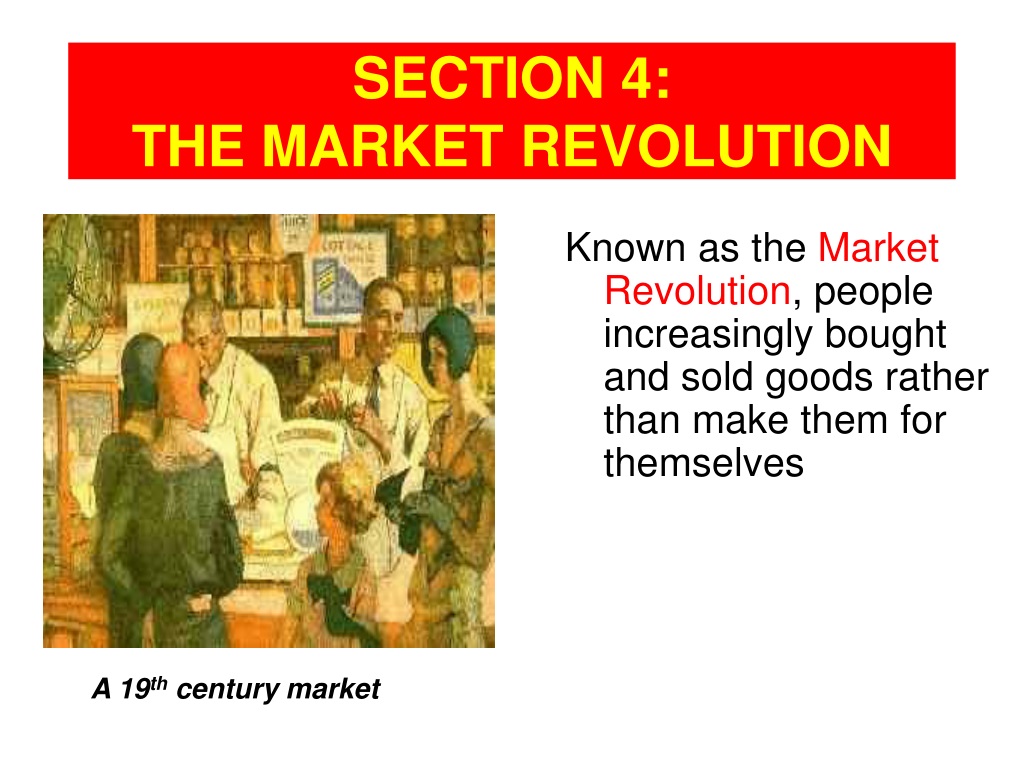
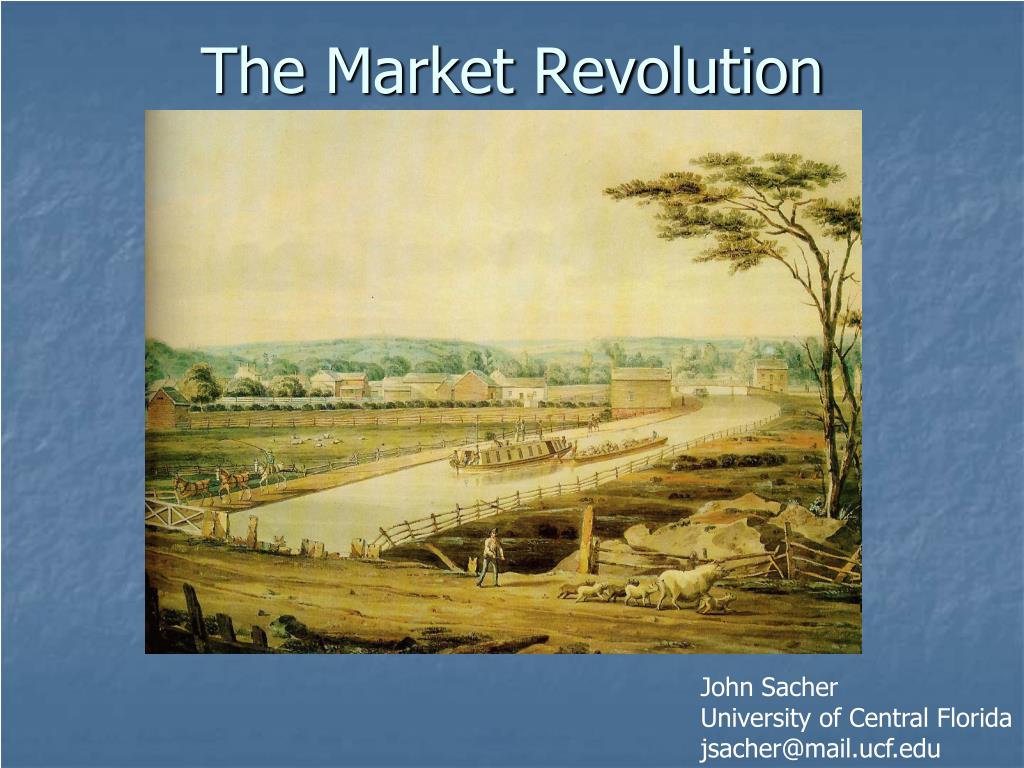

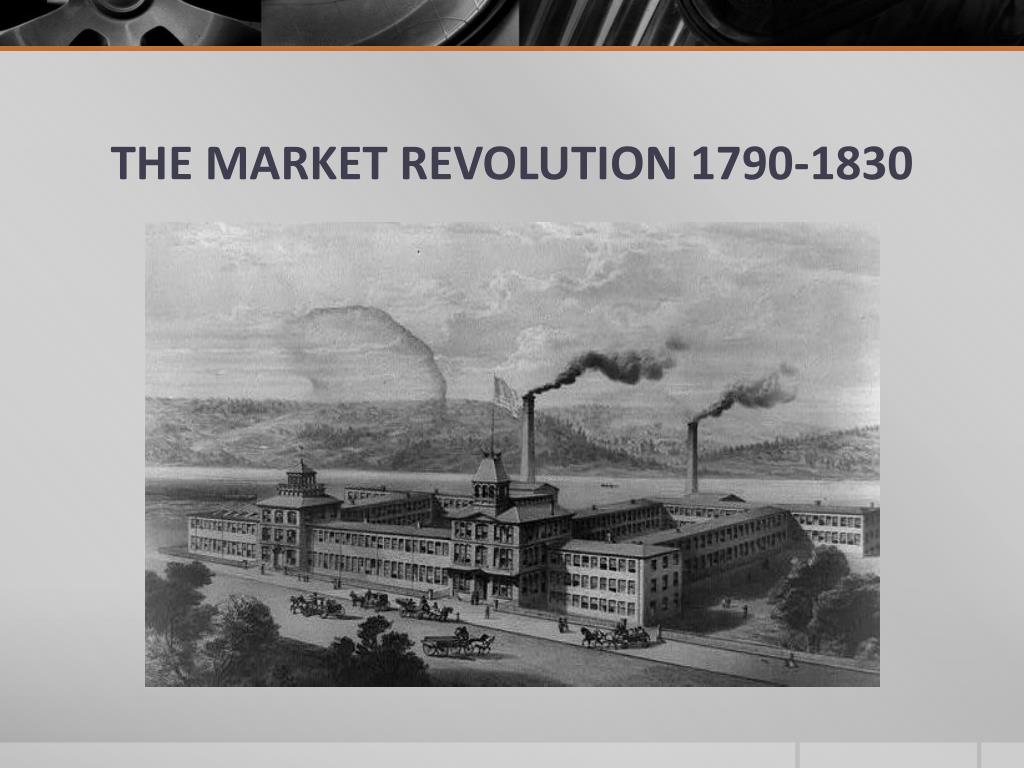
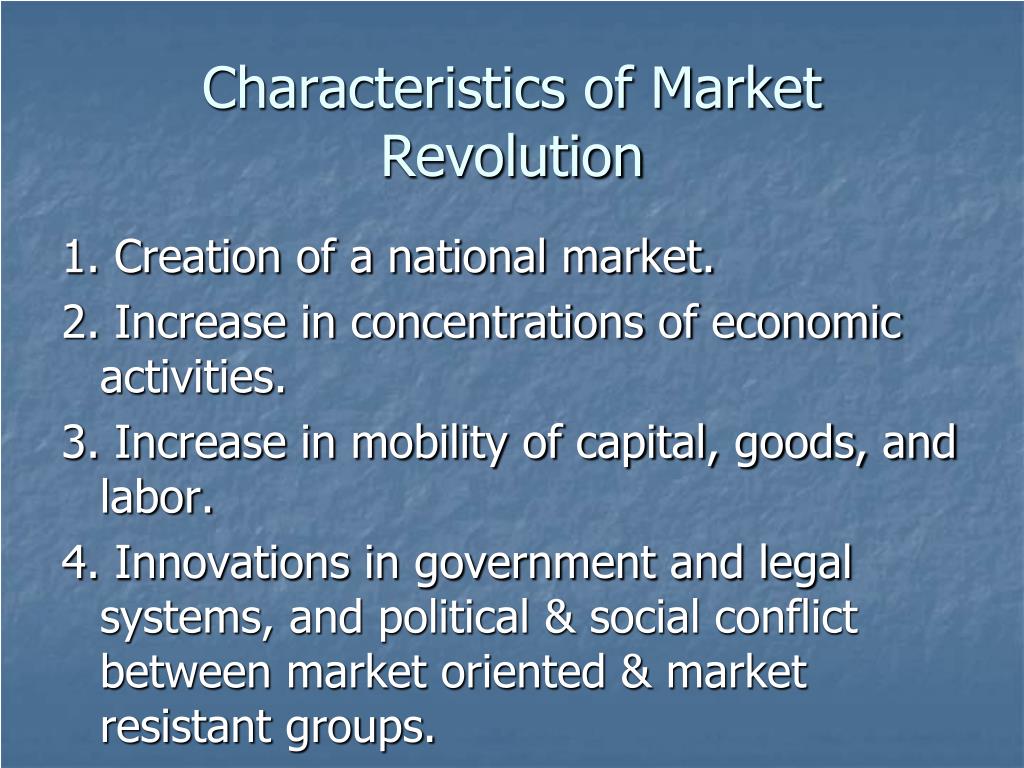
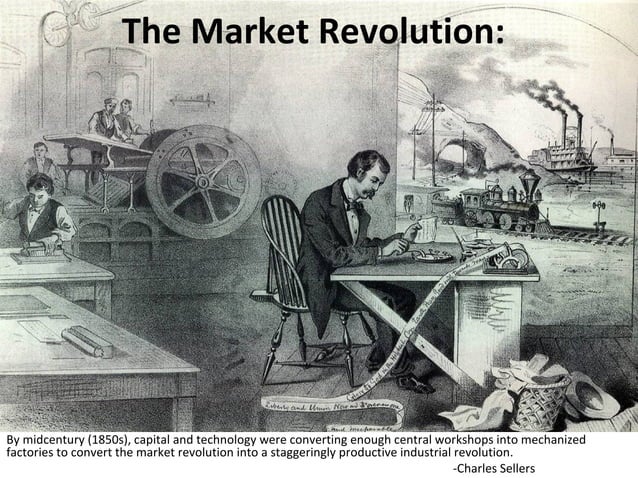
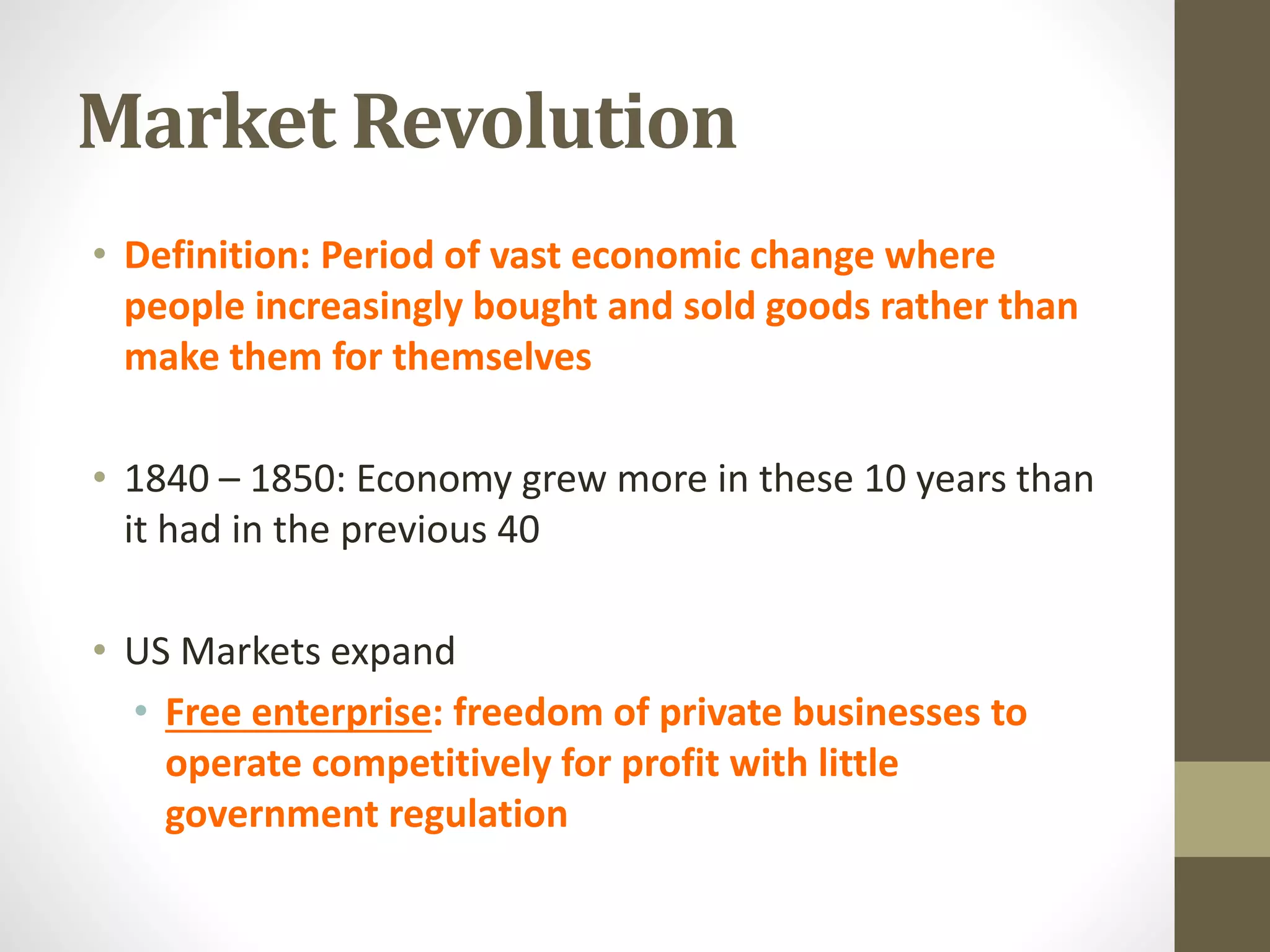
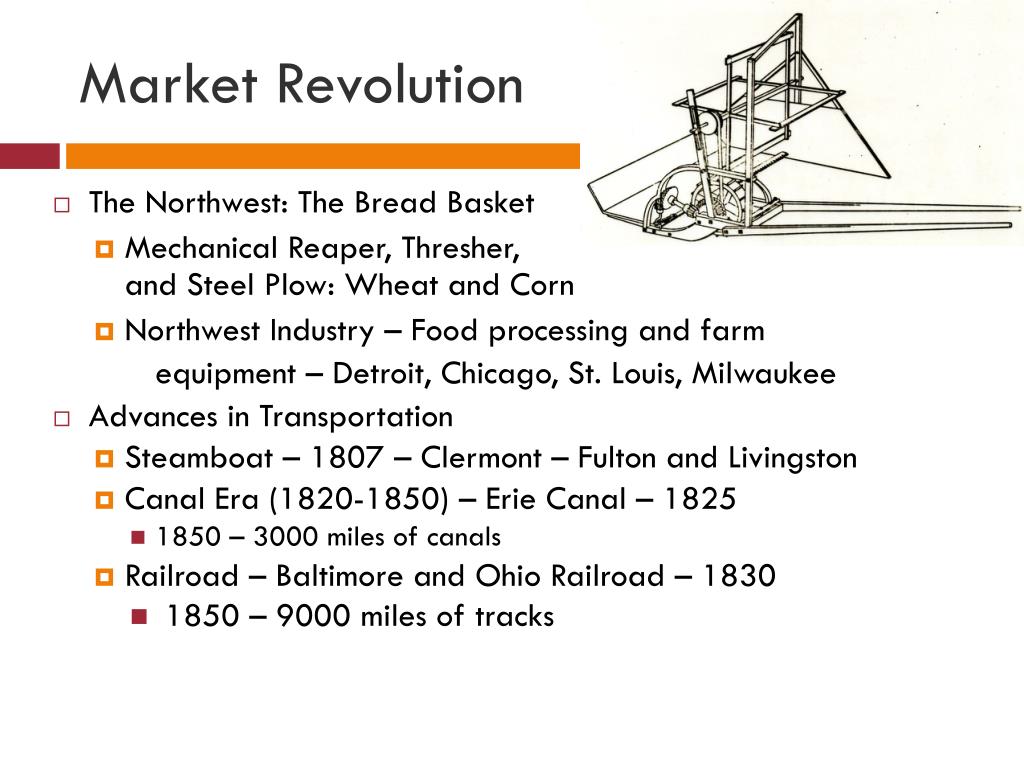
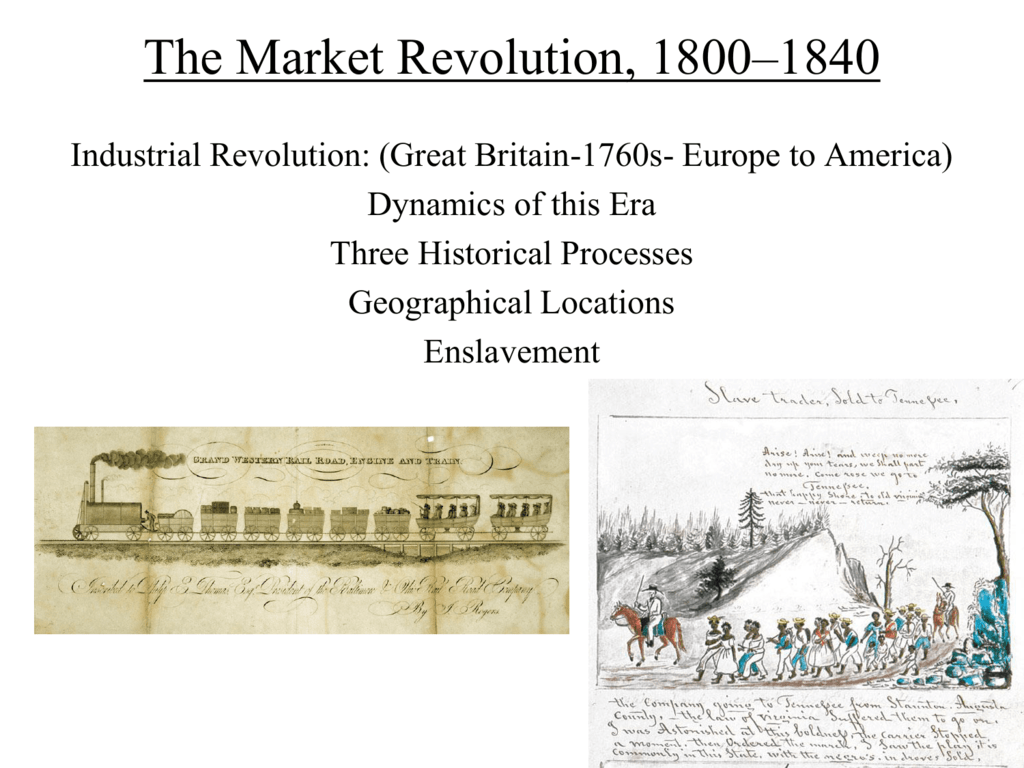
.jpg)


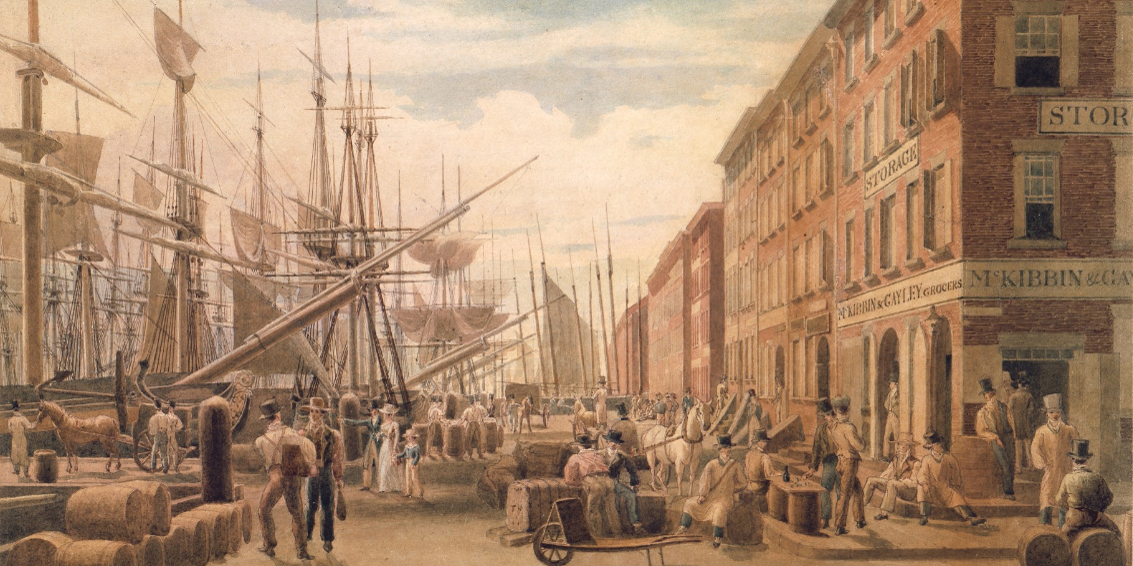


.jpg)
